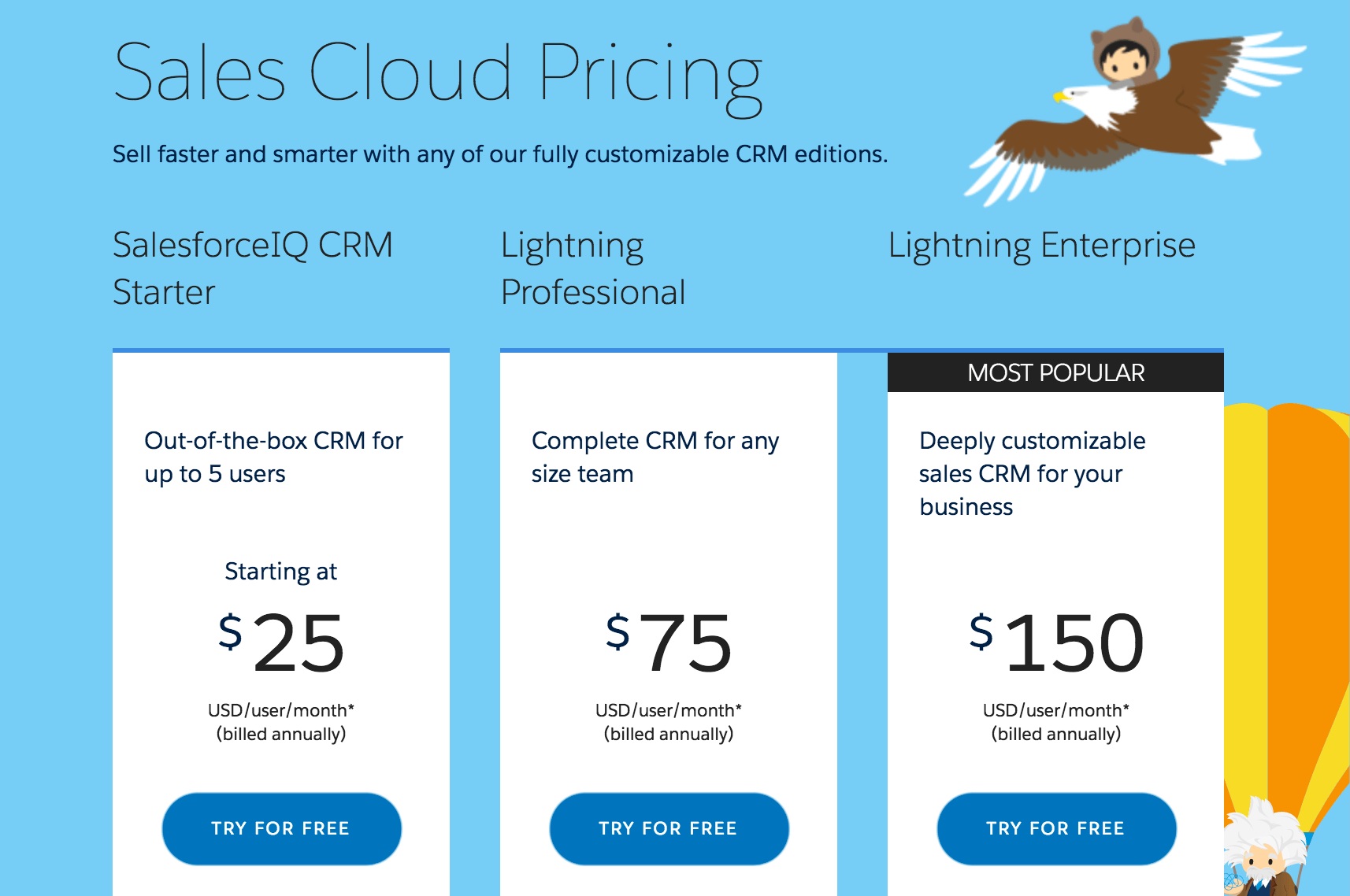by Jacob Baadsgaard • October 19, 2016
How to Create an Effective AdWords Budget for 2018
Ever feel like your AdWords budget was pulled out of a hat? Sure, maybe you’ve got a budget, but there isn’t a whole lot of thought or strategy behind what you’re spending every month.
If this rings true for you, don’t worry, you’re not alone. Almost every marketer I’ve ever met feels exactly the same way.
Unfortunately, an arbitrary AdWords budget can create a lot of problems for you and your business. Most of the time, if there isn’t a clear purpose and strategy behind your AdWords budget, you either end up wasting money on campaigns that aren’t producing results or underfunding campaigns that are delivering killer results.
The good news is, developing a sound, goal-oriented AdWords budget for 2018 isn’t actually all that difficult. To help you out, I’m going to walk you through a simple, 4-step process that should equip you with everything you need to develop (and defend, if need be) your AdWords budget for 2018.
Step 1. Define Your AdWords Goals
The first thing we need to look at is the end goals of your AdWords spend. Depending on you and your role in your company, you might be held accountable for driving clicks, conversions or leads, sales, revenue or maintaining a certain return-on-investment (ROI).
In my opinion, though, the true measure of AdWords marketing is ROAS. Think about it, if your goal is to drive clicks, you could write an ad that says “Check out this great cat video”, bid on almost anything and get tons of clicks.

But would that drive any value for your business? Probably not.
Setting goals around leads or conversions is better, but it still doesn’t mean that you are actually driving value for your company. After all, you could still write an ad that says “Check out this great cat video and fill out our form to receive a $100 gift card” and get a lot of conversions. But here again, would those conversions mean anything to your business?
When you get right down to it, the goal of any online marketing effort is to drive profitable sales for your company. Clicks and conversions can be great leading metrics for sales, but ultimately, if your AdWords budget isn’t producing profitable sales, does it really matter how many clicks or conversions you get?
With that in mind, if you want to pick the right AdWords budget, you need to know how much revenue you want your AdWords campaigns to drive. From there, we can work backwards to determine what your budget needs to be to reach that revenue goal.
So, how much revenue does your business need to make off of AdWords to reach your overall business objectives? $40,000? $400,000? $4,000,000? More? Jot your revenue goal down somewhere and we’ll come back to it in a minute.
Step 2. Define Your Buyer Personas
Now that you’ve figured out the ultimate goal of your marketing, let’s switch gears and swing to the other end of your marketing strategy: your buyer personas.
Hopefully, you’re among the 72% of marketers who are familiar with buyer personas, but if not, buyer personas are essentially in-depth profiles of the customers you are trying to reach with your marketing. Buyer personas give you key insights into what your potential customers are looking for, which allows you to effectively target them with your marketing.

Sounds like a great idea, right?
Well, it is, but unfortunately, while 72% of marketers are familiar with buyer personas, just 30% are actually creating effective buyer personas that aid them in their marketing goals.
That’s a problem, because different buyer personas respond to your paid search advertising differently. They respond to different messaging, click on different ads, convert on different landing pages and turn into different types of customers. As a result, if you don’t understand your buyer personas, you can’t create an effective AdWords budget.
Creating/Updating Your Buyer Personas
If you don’t have buyer personas (or you’re not thrilled with the quality of your existing buyer personas), one of the fastest ways to a decent persona is to talk to the sales team. Often, many marketers assume they understand their target audience better than anyone else, but in my experience, that usually isn’t the case.
Most of the time, I get more detailed and accurate insight from sales teams than I do from marketers. If you think about it, that only makes sense. After all, who spends more time talking to potential clients: sales people or marketers? And more importantly, who actually spends their time turning leads into sales?

To get this conversation started, try saying something like: “I want to help you hit your quota this month/quarter and in order to do so I need to better understand the types of leads you love working with the most.”
Approaching things this way will quickly put you and the sales team on the same side. If sales feels like you are trying to help them out, they will give you all the juicy details you are looking for. It’s also a good idea to ask what leads they hate working with and why as that is equally important information for your marketing campaigns.
While this will get you started, it still probably isn’t enough information. To really create effective personas, you’ll want to get on the phone and start calling your actual customers (note, if you don’t actually have a sales team, this is the best way to start building your buyer personas).
Find out how they found you, why they converted and what convinced them to pay you. This information will give you a ton of insight into your marketing and sales funnels that you can use to both improve the performance of your paid search advertising and choose your AdWords budget.
Step 3. Define Your Target Acquisition Cost(s)
Now that you’ve defined both ends of your marketing funnel—who you’re targeting and the revenue you’re hoping to drive—it’s time to figure out the middle.
The first thing you need to do is figure out the typical customer lifetime value associated with each buyer persona. To illustrate this, let’s use a SaaS business called SaaS-A-Frass as an example.
Here’s SaaS-A-Frass’s pricing structure:

From the looks of their pricing structure, SaaS-A-Frass is targeting 3 different buyer personas. We’ll call them:
- Small business “Steve”
- Mid-market business “Mandy”
- Enterprise business “Edward”
Obviously, SaaS-A-Frass probably has a lot more buyer personas than these and a lot more specific information on each persona than their business size, but to keep things simple, we’ll just roll with these 3 personas.
As you might imagine, “Steve” probably needs customer relationship management software for different reasons than “Edward”. His business is much, much smaller and simpler than Edward’s. In terms of AdWords advertising, that means that Steve is probably going to respond to different messaging and possibly even use different keywords than Edward to find his ideal CRM.

From a campaign targeting point of view, this is all important information. However, it’s also an important part of calculating your AdWords budget.
As a customer, Steve is also going to behave differently from Edward or Mandy. He’s not likely to pick the same edition of SaaS-A-Frass as Mandy or Edward and he’s more likely to stop using SaaS-A-Frass sooner, which means he won’t be worth as much to SaaS-A-Frass in the long run.
For example, a typical SMB client for a SaaS company might last around 14 months, a mid-market business might stick around for 4 years and an enterprise company could be around for 9 years.
If we assume that Steve buys 5 “Starter” licenses, Mandy buys 20 “Professional” licenses and Edward buys 100 “Enterprise” licenses, here’s what SaaS-A-Frass’s lifetime value is for each of these personas ( [licenses/mo] x [# of licenses] x [typical customer lifespan in months] ):
Lifetime Value
- Steve: $1,750
- Mandy: $72,000
- Edward: $1,590,000
Now obviously, the lifetime value of your personas may not be this high (especially if you’re not a B2B company like SaaS-A-Frass), but this example clearly highlights the way that different buyer personas come with different lifetime values.
Unfortunately, not all of that money is profit.
Assuming a 22% fulfillment cost (typical for a SaaS company), 9% sales commission and 40% overhead (R&D, administration, etc), that means each buyer persona is potentially worth (lifetime value x 29%—the remaining revenue after taking fulfillment, sales commission and overhead into account):
Net Profit Before Marketing Costs
- Steve: $507.50
- Mandy: $20,880
- Edward: $461,100
So, if SaaS-A-Frass spends $500 to acquire a Steve, they’ll probably make $7.50 on the deal. However, if SaaS-A-Frass spends that same $500 acquiring an Edward, they’ll net $460,600.
But guess what? There are a lot more Steves out there than Edwards, which means it’s unlikely that Steve, Mandy and Edward will have the same acquisition cost.
In reality, if SaaS-A-Frass is willing to spend $0.18 on marketing to produce $1.00 in lifetime value, SaaS-A-Frass’s target customer acquisition cost (CAC) for each buyer persona would look like this:
Customer Acquisition Cost
- Steve: $315
- Mandy: $3,750
- Edward: $286,200
Make sense? This is why buyer personas are so important.
In this example, SaaS-A-Frass can’t afford to pay $1.00 a click for a keyword that only puts their ads in front of Steves if only 2% of those Steves become leads and only 9% of those leads sign up with SaaS-A-Frass (CAC = $555).
However, if SaaS-A-Frass could identify a keyword that had a 2% conversion rate and a 9% close rate for Edwards that cost $1,000 per click, their marketers would be dancing in the streets (CAC = $55,555).

Now, obviously, your buyer personas and their respective keywords won’t be as cut and dry as this hypothetical example, but the point is still valid: For your marketing to succeed, you need to know what you can afford to pay for each buyer persona.
Calculating Your Target CAC
If you made it all the way through this section, you may be feeling a bit overwhelmed. Don’t worry, the math is actually fairly simple and you should be able to get most of the data from your accounting department.
Here’s what you need:
- Customer lifetime value (segmented by product or order)
- Net profit margin
- Percentage of revenue spent on marketing
Once you have this data in hand, take your net profit margin and add the percentage of revenue spent on marketing. This will tell you what percentage of the revenue from a new customer is consumed by things like fulfillment cost, sales commissions, rent, etc.
For example, in the case of our “Steve” persona, Steve has a lifetime value of $1,750, but 71% of that cost goes towards fulfillment, sales commission, overhead, etc. That leaves 29% of the revenue from Steve ($507.50) on the table as potential profit.
By multiplying your customer lifetime value by your leftover revenue, you can see how much revenue is left to play with ($507.50 in Steve’s case). Your CAC needs to be somewhere below this value. Otherwise, you are losing money on every sale!
For example, at a CAC of $315, SaaS-A-Frass would be making $192.50 of profit from every Steve they close. That leaves SaaS-A-Frass at a net profit margin of 11%. Not too shabby, right?
As a rule of thumb, I recommend that most marketers shoot to spend 25% or less of their customer lifetime value acquiring a new customer. Or, to put it another way, every $1 you spend on AdWords should produce $4 of lifetime revenue for your company. If you slip below that margin, you’re probably headed for trouble.
Step 4. Define Your Budget
Once you’ve defined your goals, buyer personas and target CAC, it’s time to choose your AdWords budget…and the good news is, this part’s easy!
Going back to our SaaS-A-Frass example, let’s assume that SaaS-A-Frass has picked the target CAC outlined in the previous section and wants to produce $5,000,000 in lifetime value from AdWords in 2018.
Since SaaS-A-Frass’s target CAC for each of their personas is 18% of their projected lifetime value, to determine their AdWords budget, all SaaS-A-Frass has to do to get their AdWords budget is multiply $5,000,000 by 18%.
Assuming SaaS-A-Frass meets their CAC goals, they need to spend $900,000 on AdWords! What’d I tell you, that was easy, right?
When Things Get Complicated
Unfortunately, things aren’t always this simple. What do you do if your CAC for different buyer personas is…well, different?
Let’s take another look at our handy SaaS company scenario. What if SaaS-A-Frass couldn’t acquire customers at the same target CAC for all of its personas? What if their realistic CACs looked more like this:
- Steve: $402.50 (23% of lifetime revenue)
- Mandy: $14,400 (20% of lifetime revenue)
- Edward: $159,000 (10% of lifetime revenue)
At first glance, it seems like the obvious choice is to focus on getting more Edwards. After all, they are the most profitable source of revenue.
But here’s the thing, odds are that most of SaaS-A-Frass’s sales are from Steves. Relatively few come from Mandys or Edwards. Let’s face it, most businesses are small businesses, not mid-market or enterprise businesses. Just because SaaS-A-Frass wants more Edwards doesn’t mean that they’ll get more Edwards if they focus their marketing on Edwards.
For example, let’s say that out of every 1,000 potential SaaS-A-Frass customers, 975 are Steves, 24 are Mandys and 1 is an Edward…and there are only 1,000 potential SaaS-A-Frass customers in a given year (not true, but work with me here).
In this situation, would it make sense for SaaS-A-Frass to put their entire AdWords budget solely into trying to acquire more Edwards? Of course not!
Sure, Edward might be the most profitable buyer persona, but even if SaaS-A-Frass closes that one Edward, they are still going to fall $3.41 million short of their AdWords marketing goal.
On the other hand, if SaaS-A-Frass tries to reach all of their buyer personas, they still may be able to hit their goals—but they will have to use their budget differently to do so.
Taking that same $900,000 budget, here’s about how SaaS-A-Frass would have to distribute their spend on each buyer persona:
- Steve: $395,000
- Mandy: $346,000
- Edward: $159,000
Altogether, this approach would still allow SaaS-A-Frass to bring in $5 million worth of new customers at the same $0.18 on the dollar rate we originally discussed. Yes, the Steves and Mandys weren’t nearly as profitable as the Edward, but together they allowed SaaS-A-Frass to achieve its marketing goals.
Tying Things Together
Clearly, defining an effective AdWords marketing budget isn’t as simple as picking a number out of a hat.
If you want your AdWords budget to be effective, you need to have a clear idea of what your goals are, who your buyer personas are, what your target CAC is and how much you need to spend to achieve your marketing and business objectives.
But, if you take the time to really figure out your budget, you can create a plan for your AdWords spend that will allow you to really capitalize on the potential of AdWords. It’s not always easy, but I’ve seen this sort of deliberate planning help hundreds of companies achieve great success with paid search marketing.
By the way, if all of this seems a bit overwhelming, please let me know here or in the comments. I’d love to help you come up with an AdWords budget that will allow you to meet your business goals in 2018.
How do you determine your AdWords budget and advertising strategy? Let me know in the comments!





